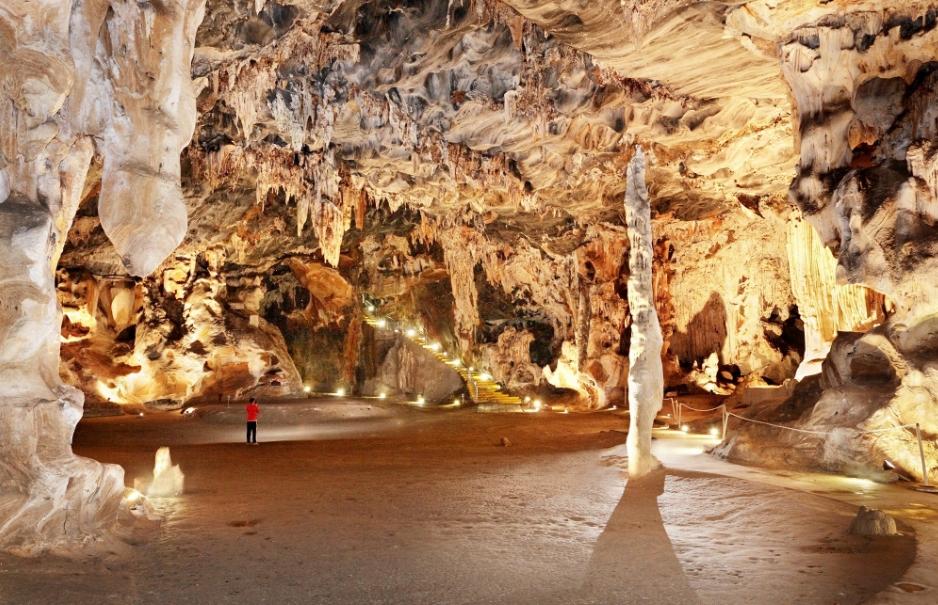Secrets of the Narakort caves in Australia: 500,000 years older and hold hidden “treasures”
With the help of uranium, scientists were able to calculate the exact age of the Australian caves – it turned out that they are much older than previously thought.
Narakotkie caves are a unique “repository” of fossils of the Australian megafauna. Paleontologists have discovered here the bones of many iconic species that became extinct between 48,000 and 37,000 years ago. However, scientists suggest that the age of these caves is much older than previously thought, which means that they still have a lot of paleontological “treasures”, writes Science Alert.
Previously, scientists were unable to calculate the exact age of the caves. Preliminary calculations were based on the study of a fossil dune ridge, which is located above the cave complex. Preliminary estimates indicated that the caves were formed under the action of groundwater about 0.8 – 1.1 million years ago.
In a new study, scientists from the Universities of Cape Town, Melbourne and Adelaide used a more modern method to find out the exact age of the caves. In total, the work took five years, but it was worth it.
In a new study, scientists studied calcite formations inside the caves, including stalagmates, stalactites and limestones. The fact is that during the formation of new formations, they also contain tiny amounts of uranium, which eventually decays into lead. This happens at a certain known rate, which allowed scientists to find out the exact age of the caves – they turned out to be much older than previously thought.
Scientists have extracted uranium and lead from the formations and found that the caves began to form at least 1.34 million years ago. This is a quarter or even half a million years longer than previously thought.
The scientists didn’t stop there. They continued their study to find out when the Australian caves first “opened their doors” to air and animals. By examining microscopic particles of charcoal and pollen trapped in the formations, scientists have found that this happened about 600,000 years ago.
The findings have encouraged scientists, as it means that the Narakot Caves may hold vertebrate fossils a million or more years older than those that have already been found.
In fact, the Narakot caves are unique time capsules that preserve the fossils of long-extinct animals and plants. Paleontologists have already managed to find the remains of a number of megafauna in them, for example: marsupial lions, zygomaturuses (large marsupials), vonambi (giant boa snake) and procoptodons (giant short-faced kangaroos).


